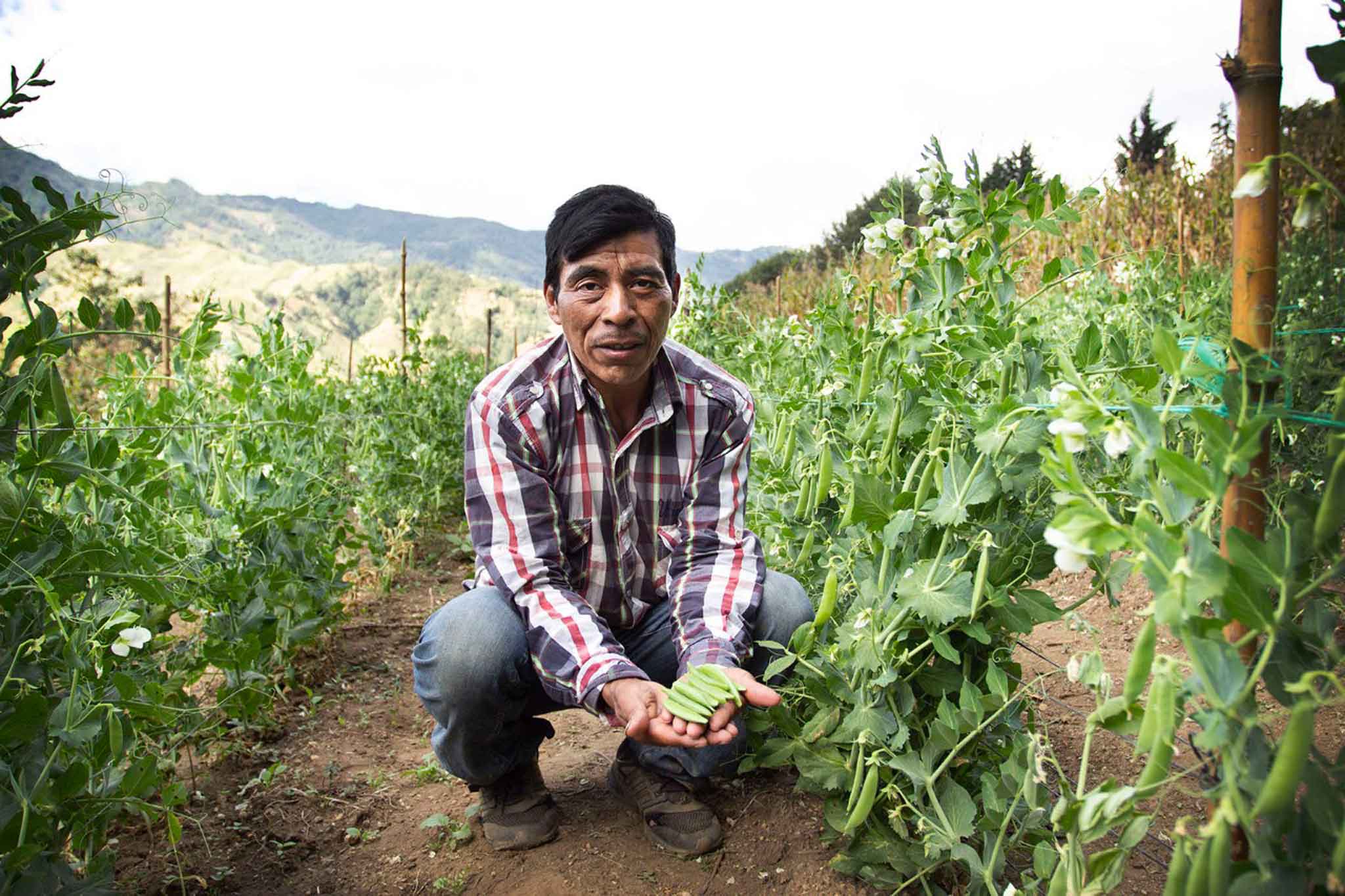Green insurance to support agriculture and biodiversity conservation
One of the great threats to Guatemala is climate change, since its impacts will affect the environmental, economic, and social system. Several authors indicate that Guatemala is one of the most vulnerable countries to climate change, this is the case of Eckstein, Künzel, & Schäfer (2018) who indicate that it occupies the 11th place worldwide, and Mapplecroft (2014) that place us as the second most vulnerable country in Latin America.
General circulation models indicate that towards the end of the 2070s temperatures could increase by 2.2 degrees Celsius and this will have a direct impact on the hydrological cycle. This is because with the increase in temperature the demand for water from plants and ecosystems will increase, and the distribution and intensity of rainfall will vary.
In the country it has been identified that at least 18% of the territory is susceptible to seasonal drought and it is projected that in 2050 this percentage will increase to 37%. The semi-arid and dry sub-humid zones occupy 3% of the territory, but it is projected that they could occupy 8% in 2030 and 24% in 2050.
Climate change will have a severe economic impact on the country. ECLAC identified that the economic costs of climate change in Latin America and the Caribbean by 2050 will be between 1.5% and 5% of regional GDP. In Guatemala, it is estimated that the accumulated cost of the impact of climate change will reach values of 4.34% in 2030, 11.91% in 2050 and 63.63% by 2100.
One of the sectors most affected by climate change will be agriculture. Authors such as ECLAC (2018) indicate that changes in the climate will affect the reduction of the yields of corn, beans, rice, and coffee, which in the year 2100 could reach 70%, 78%, 79%, and 92% respectively.
But you don’t have to wait to suffer the effects of changes in the weather. Hydrometeorological threats are already affecting the country, FAO (2018) estimates that 1.5 million people were affected in 2016, mostly small subsistence farmers.
Despite the importance of investment in climate change, it does not exceed 1.2% of the national budget. That is why it is vitally important to develop financial mechanisms that support measures aimed at adaptation and mitigation of climate change.
Among these mechanisms are green agricultural insurance, which reduce the losses of the crops of the producers, at the same time that it encourages them to implement management practices that allow them to be more resilient to changing climate conditions, and preserve the natural fertility of the soil (the practices of productive sustainability and non-mobility to new farmland with forest cover is part of the conditions for accessing insurance).
It is known that one of the causes of deforestation in the country is the change in land use, where agricultural activities (especially subsistence) have a great impact. Therefore, these insurances will also support the protection of biodiversity, since they promote that farmers do not have to migrate in search of new cultivation areas (which in most cases are in wooded areas of high biodiversity).
It is estimated that in the country there are more than 560,000 small producers that are likely to be served by agricultural insurance. But because in most cases these are small producers who cannot pay to insure their crops, it is required that the country develop a differentiated insurance that allows them to insure their crops, and that due to their socioeconomic conditions it is subsidized by the State of Guatemala. This situation has made the government consider green agricultural insurance as a priority.
That is why the Biodiversity Finance Initiative -BIOFIN- of the United Nations Development Program -PNUD- and the Ministry of Agriculture, Livestock and Food -MAGA- are considering implementing a green agricultural insurance that enable producers to secure their crops, while serving as a strategy to reduce pressure on biodiversity.
These actions contribute to compliance with the Sustainable Development Goals: SDG 2 Zero Hunger, SDG 8 Decent work and economic growth, SDG 10 Reduction of inequalities, SDG 13 Climate Action, SDG 15 Life of Terrestrial Ecosystems and SDG 17 Alliances to achieve the Goals.
BIOFIN is an initiative funded by the European Union, Germany, Switzerland, Norway and Flanders, and is a direct execution project of the United Nations Development Program -UNDP-, in 35 pilot countries. In Guatemala, it has a Technical and High Level Steering Committee, made up of decision makers from the following public entities: the Secretariat of Planning and Programming of the Presidency –SEGEPLAN-, the Ministry of Finance –MINFIN-, the Ministry of the Environment. and Natural Resources –MARN- and the National Council of Protected Areas –CONAP-.
Learn more about BIOFIN-Guatemala at: https://www.biodiversityfinance.net/guatemala.
